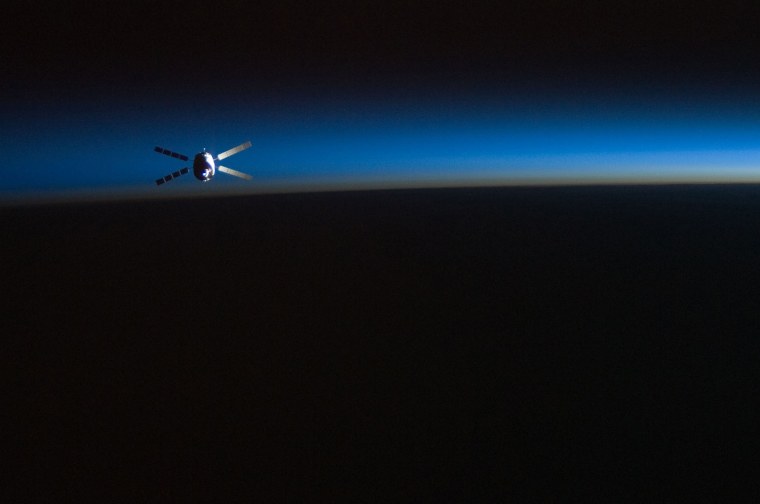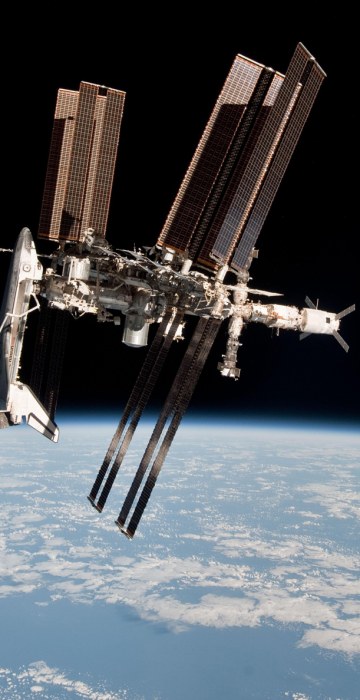
Science News
Month in space: June 2011

Ultimate space shot
Italian astronaut Paolo Nespoli took this unprecedented picture of the space shuttle Endeavour docked to the International Space Station on May 23 as he was leaving the station in a Russian Soyuz spacecraft. The picture, along with others that were taken during the unique opportunity, was released June 7.
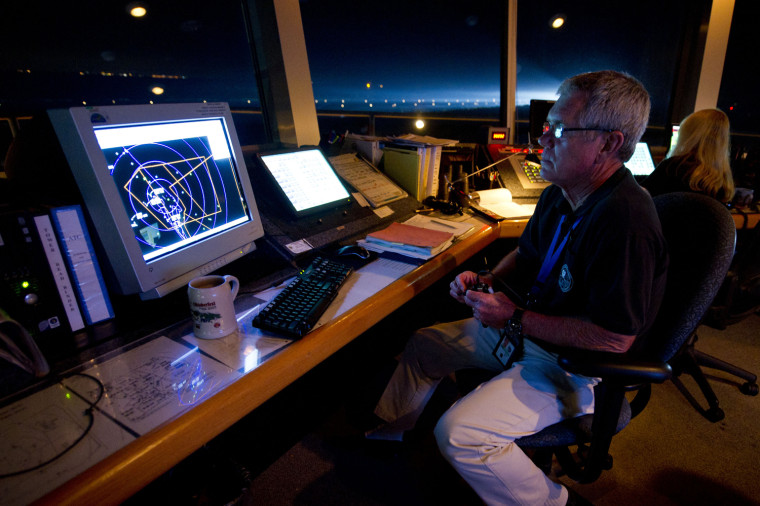
Cleared for landing
NASA controller Larry Parker monitors air traffic from the control tower at Kennedy Space Center in Florida, moments before the space shuttle Endeavour makes its final landing at the center's Shuttle Landing Facility on June 1. The night landing capped a 16-day mission to deliver a cosmic ray detector to the International Space Station.
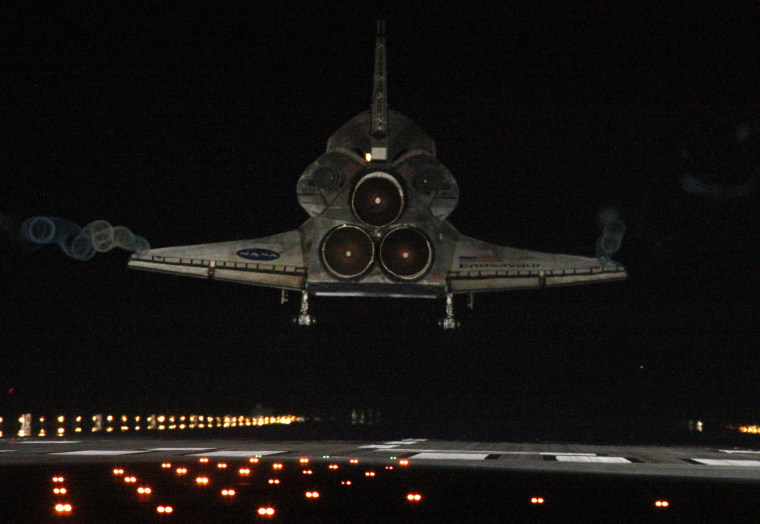
Ghost ship
The space shuttle Endeavour takes on a ghostly appearance as it lands at NASA's Kennedy Space Center in Florida on June 1. With its final mission completed, Endeavour heads for retirement and its eventual display as a museum piece at the California Science Center in Los Angeles.
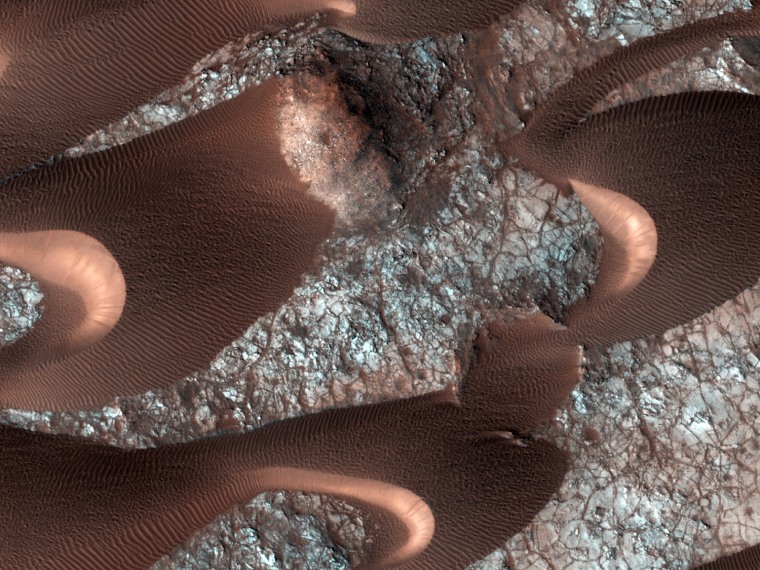
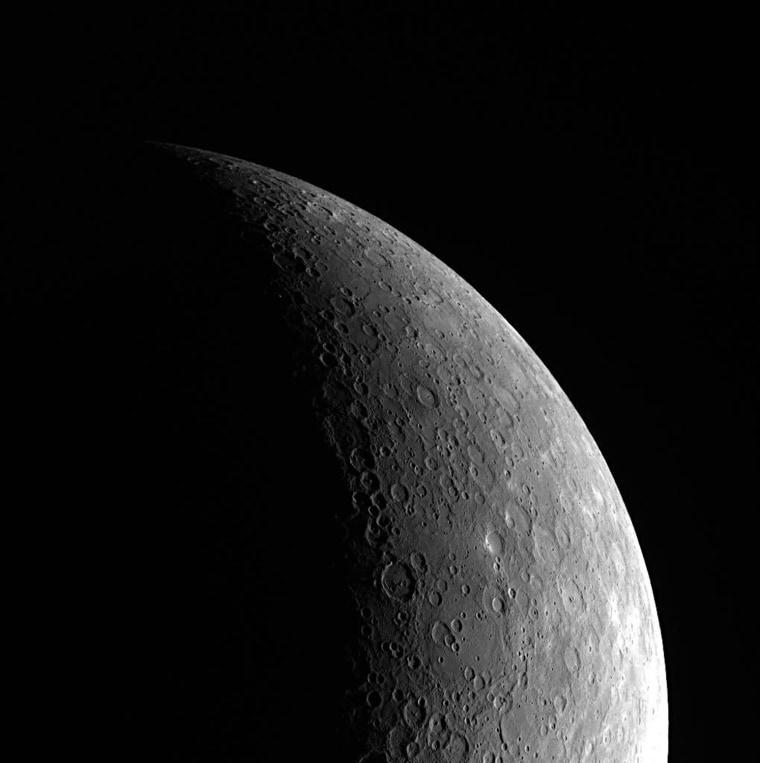
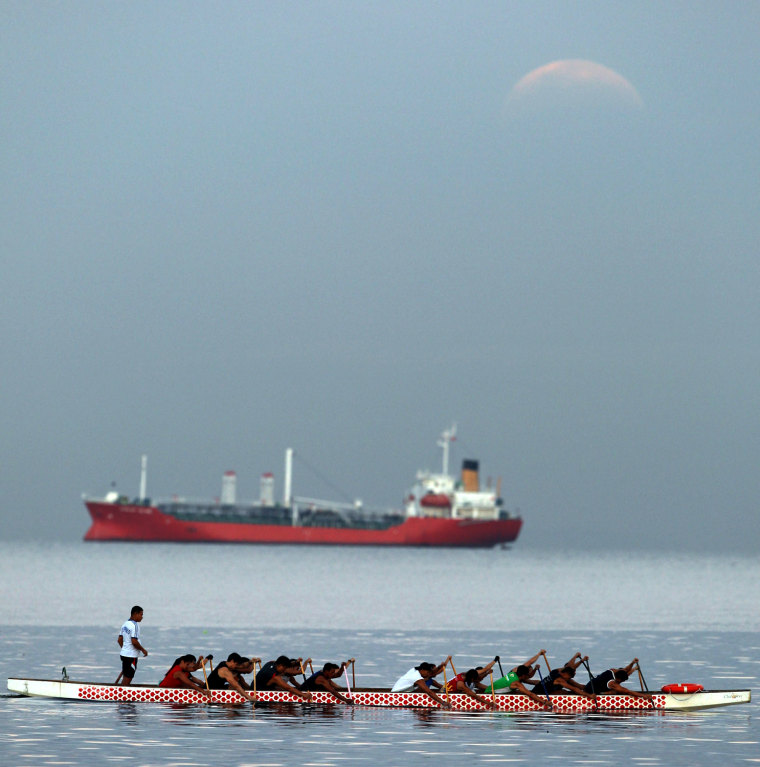
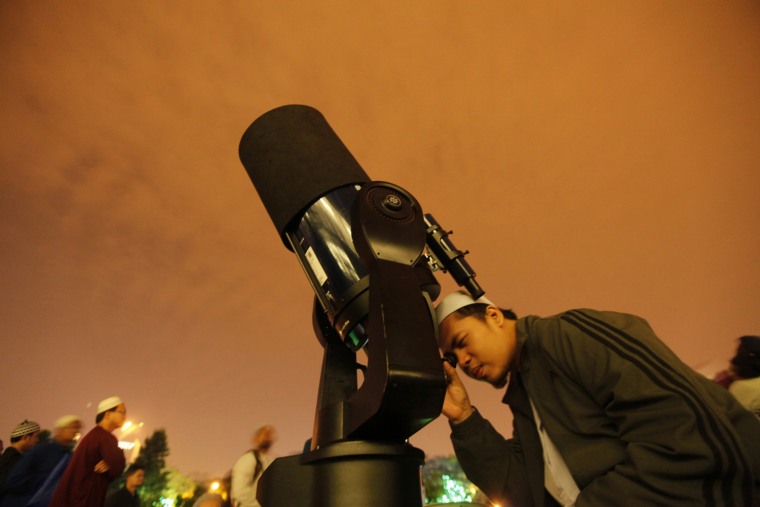
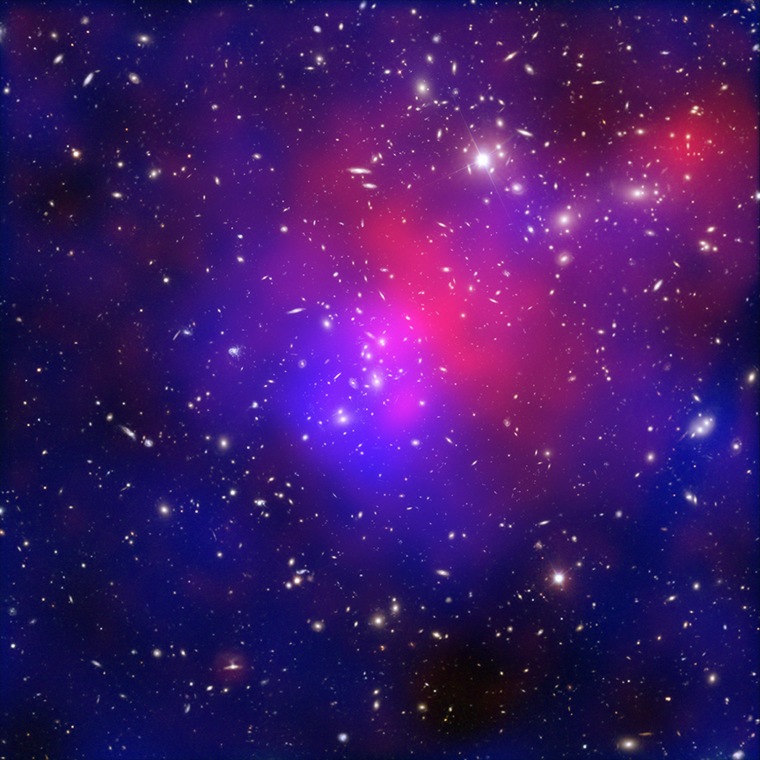
Clash of clusters
This composite image, released June 22, features one of the most complicated and dramatic collisions between galaxy clusters ever seen. Known officially as Abell 2744, this system has been dubbed Pandora's Cluster because of the wide variety of different structures found. Data from the Chandra X-Ray Observatory (depicted in red) show gas with temperatures of millions of degrees. In blue is a map showing the total mass concentration (mostly dark matter) based on data from the Hubble Space Telescope, the Very Large Telescope and the Subaru telescope.

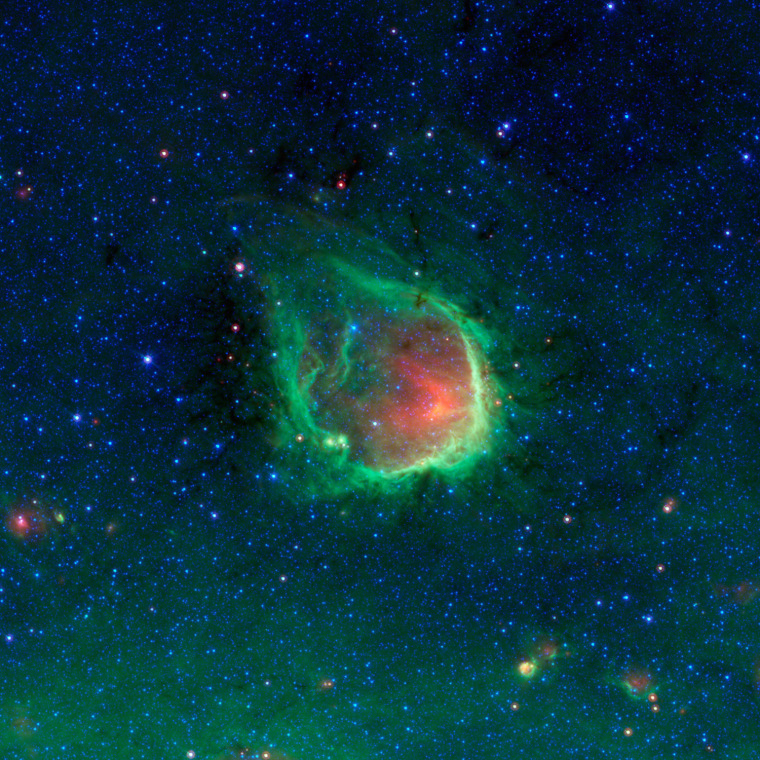
Green Lantern's ring?
This emerald nebula, seen in a June 20 infrared image from NASA's Spitzer Space Telescope, is reminiscent of the glowing ring wielded by the superhero Green Lantern. In the comic books, the Guardians of the Planet "Oa" forged the Green Lantern's power ring, but astronomers believe rings like this are actually sculpted by the powerful light of giant "O" stars, the most massive type of star known to exist. Named RCW 120, this region of hot gas and glowing dust can be found in the murky clouds encircled by the tail of the constellation Scorpius.
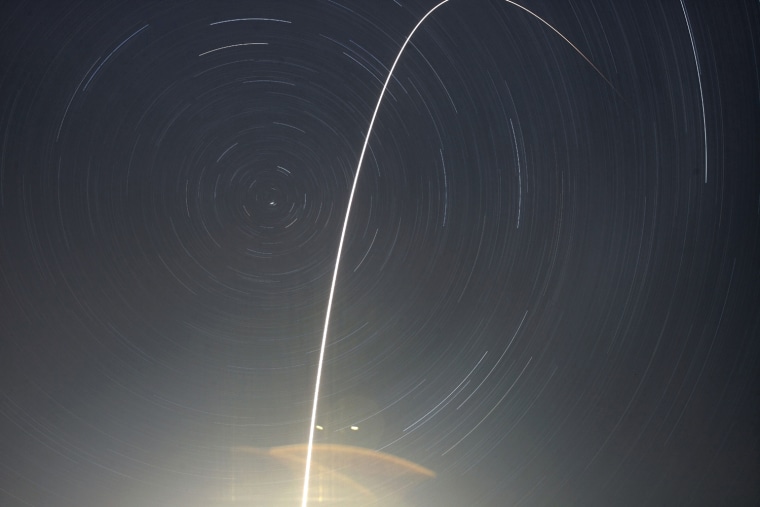
Blastoff from Baikonur
A Russian Soyuz-FG rocket booster blazes through the skies over the Baikonur Cosmodrome in Kazakhstan on June 8, sending a three-person crew to the International Space Station. Circular star tracks around the Pole Star and the track of the rocket are the result of a two-hour time exposure.
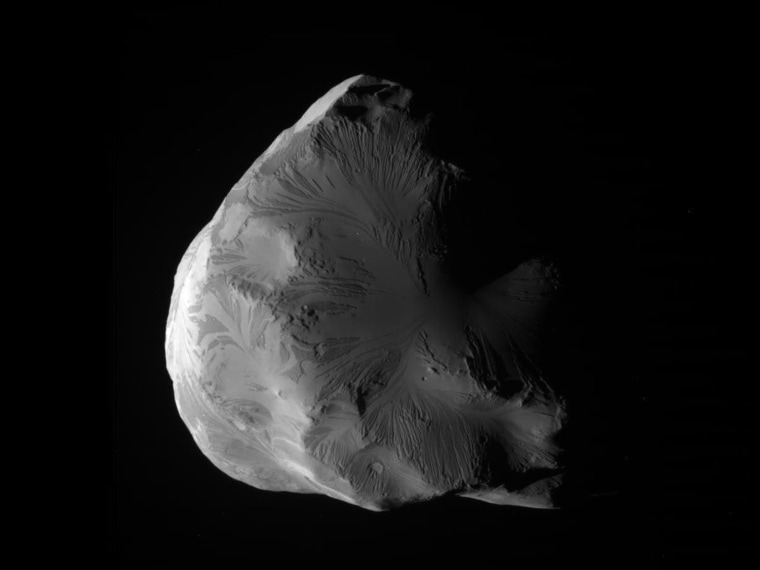
Saturn's ice queen
Saturn's icy moon Helene is at center stage in this picture from NASA's Cassini spacecraft, captured during a flyby on June 18. At closest approach, Cassini flew within 4,330 miles (6,968 kilometers) of Helene's surface. Helene is named after the mythological queen Helen of Troy.
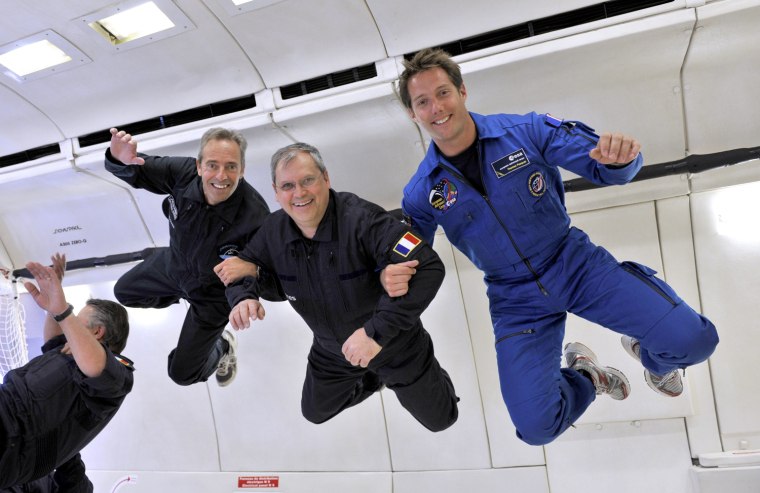
Joy of zero-G
Scientists, French parliamentarians and journalists experience a 22-second episode of pure, head-spinning zero gravity on June 21 aboard an Airbus A300, owned by French aeronautics firm Novespace and run by the France's National Center for Space Studies, or CNES.
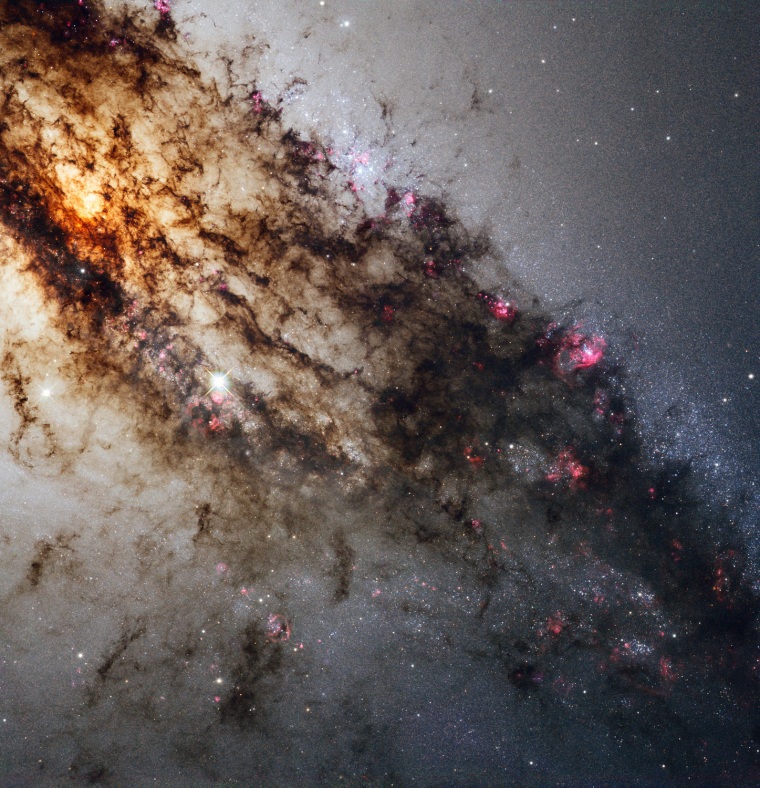
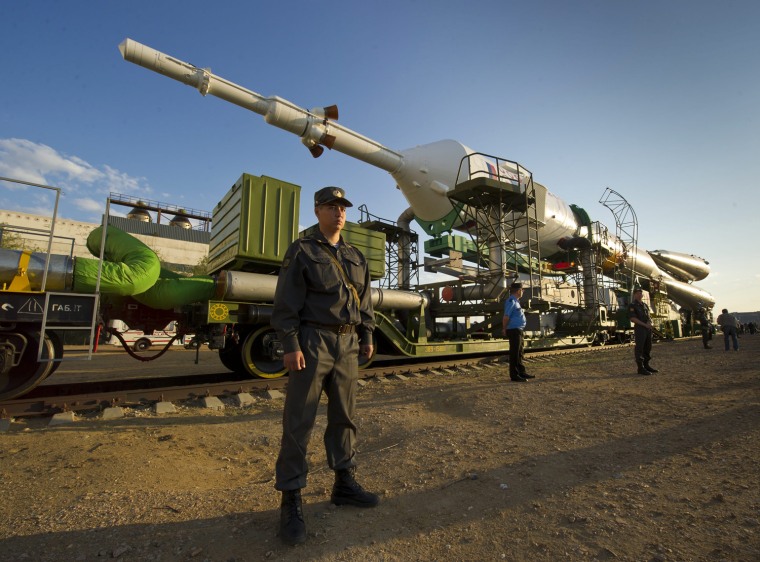

Wildfire seen from space
A crew member aboard the International Space Station, flying at an altitude of approximately 235 miles on June 27, snapped this picture of a wildfire in the Jemez Mountains of the Santa Fe National Forest in north-central New Mexico. The fire is just southwest of Los Alamos National Laboratories.
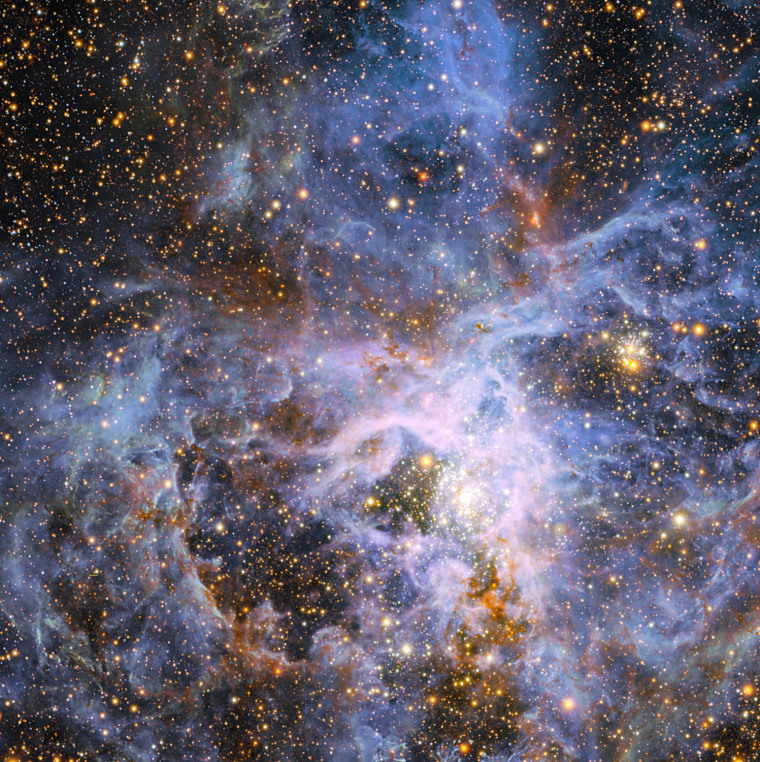
Clouds of creation
This composite view from the European Southern Observatory's MPG/ESO telescope and the infrared VISTA telescope shows part of the very active star-forming region around the Tarantula Nebula in the Large Magellanic Cloud, a small neighbor of the Milky Way. At the exact center lies the brilliant but isolated star VFTS 682, and to its lower right the very rich star cluster R 136. The origins of VFTS are unclear — was it ejected from R 136, or did it form on its own?
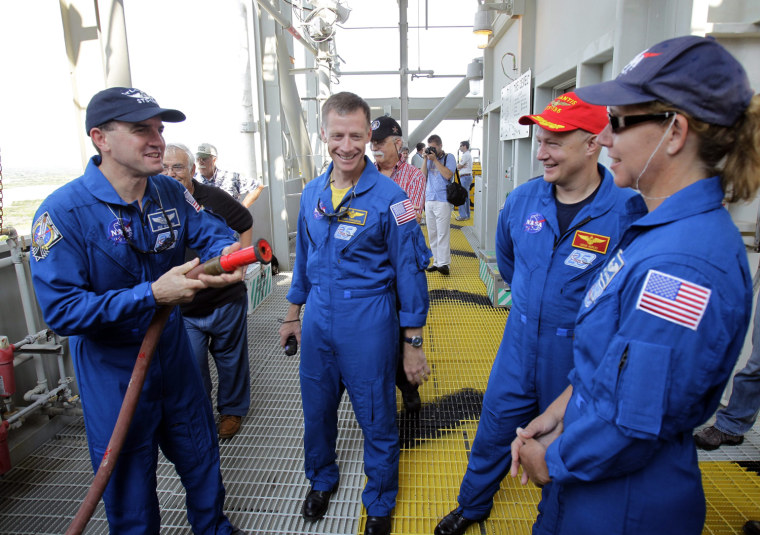
Just kidding
Atlantis astronaut Rex Walheim points a fire hose at shuttle commander Chris Ferguson, second from left, as pilot Doug Hurley and crewmate Sandra Magnus play along during safety drills at Launch Pad 39A at Kennedy Space Center in Florida on June 22. The four astronauts were practicing for the launch of Atlantis on NASA's final space shuttle mission.
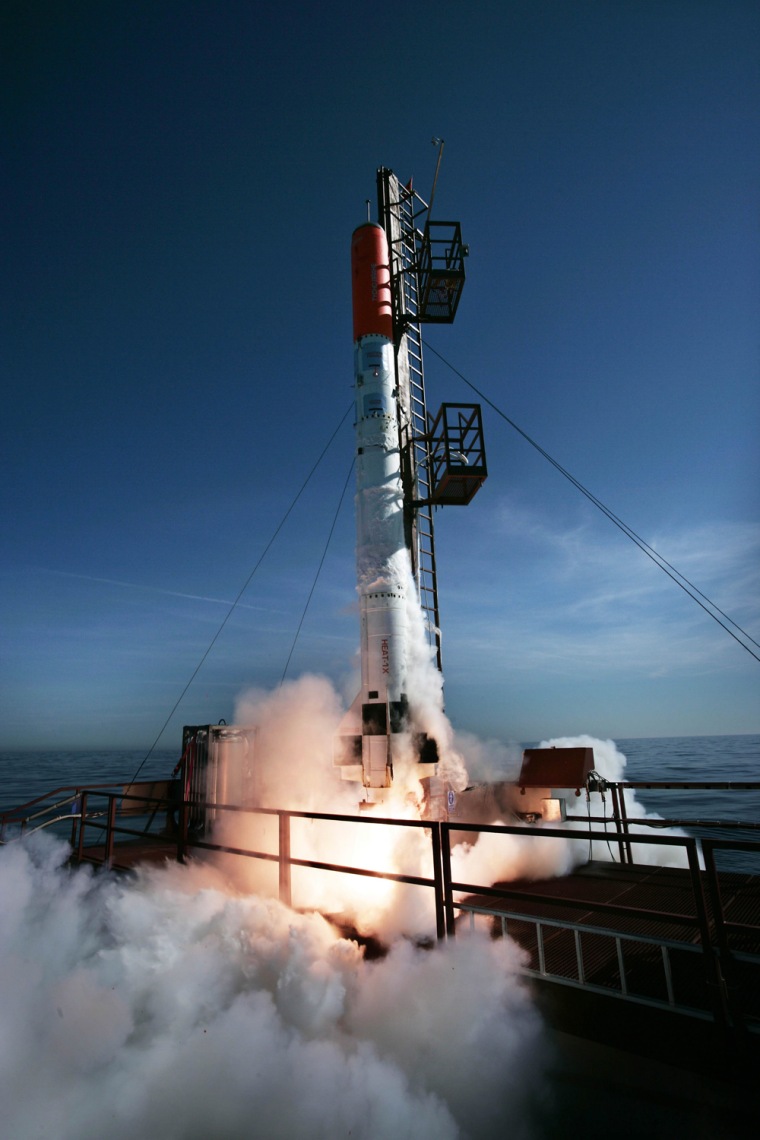
Amateur rocket rises
The Danish amateur rocket known as Heat-1X Tycho Brahe takes off from its launch pad in the Baltic Sea on June 3. The launch was organized by a group of Danish space enthusiasts, led by Kristian von Bengtson and Peter Madsen. The original plan was to send the rocket about 10 miles up in the air, but the craft reached a height of only 1.7 miles. The spacecraft was carrying a human-sized doll, and is part of a larger plan to send a human into space.
